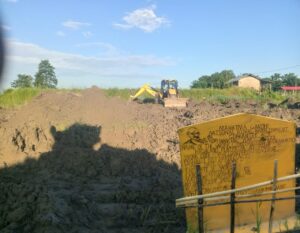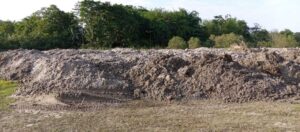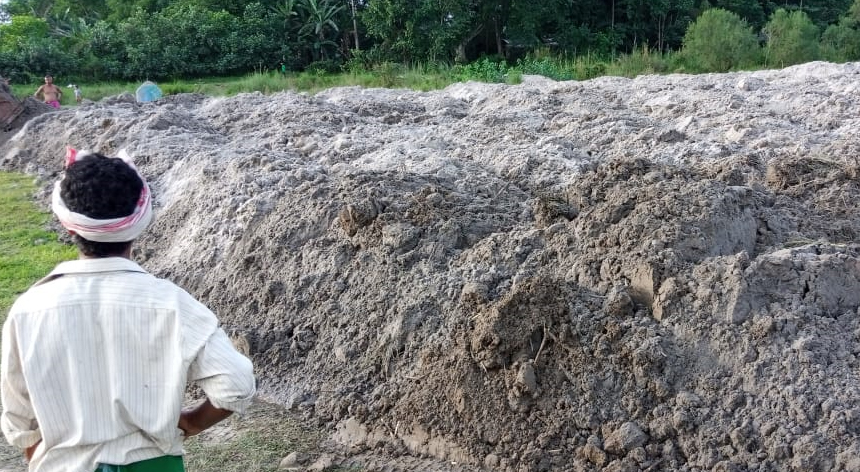Assam struggles to recover from annual floods that disrupt the lives and livelihoods of the people. The residents are in a vicious cycle of disasters, barely overcoming the trauma before encountering fresh floods again.
According to the Assam State Disaster Management Authority (ASDMA), Dhemaji is one of the most flood-affected districts in the state. It is home to 6,86,133 people (as of 2011). Most of the villages are located along the river, and when it overflows, croplands are damaged, and livestock and houses are washed away. Faced with the impact of floods, including “displacement and loss of livelihood, critical service delivery mechanisms, including social sector services, were affected, which led to greater vulnerability for people, especially persons with disabilities and children, in terms of loss of learning in school, access to clean water and sanitation, safety measures, and proper nutrition.
Keeping in mind the mentioned issues, Caritas India Global Programme, with the support of Caritas Germany and implementing partner Rural Volunteer Centre, focused on four development themes: resilience to disasters, enhanced nutrition and food security, social inclusion, and strengthening civil society learning in 10 villages under Murkongselek (MSTD) in Dhemaji district.
A series of awareness programmes have been conducted to mobilise individuals and the community to take part in planning and Gram Sabha meetings. Participatory Disaster Risk Analysis is one of the major activities that have been conducted in 10 villages in 2021, wherein disaster risk reduction plans were developed and submitted to the panchayat during Gram Sabha.

Mitigation is an inalienable component of disaster risk reduction. Through the Global Programme, skilled and trained staff capacitated the local community to identify and plan their resilience efforts through Participatory Disaster Risk Assessment (PDRA).
The PDRA exercise revealed that high-raised house construction is common in the village. This is one of their indigenous knowledge to scale up safety measures and adapt unique models. Today, this knowledge is reinforced by the intervention of various stakeholders, including locals, gram panchayats, youth clubs, task force members, and organisations like RVC and Caritas India.

The plan was reinforced with the approval of one raised platform under the GPDP of Ramdhan Dikhari Panchayat in the 15th Finance Commission. This is the outcome of the PDRA exercise conducted way back in 2021. This initiative will benefit 30 or 40 families, with 204 individuals taking shelter during the flood. It is 6 feet tall with a 600 square foot highland platform built under the MGNREGA scheme for an estimated Rs. 14 lakhs.


Leave a Reply